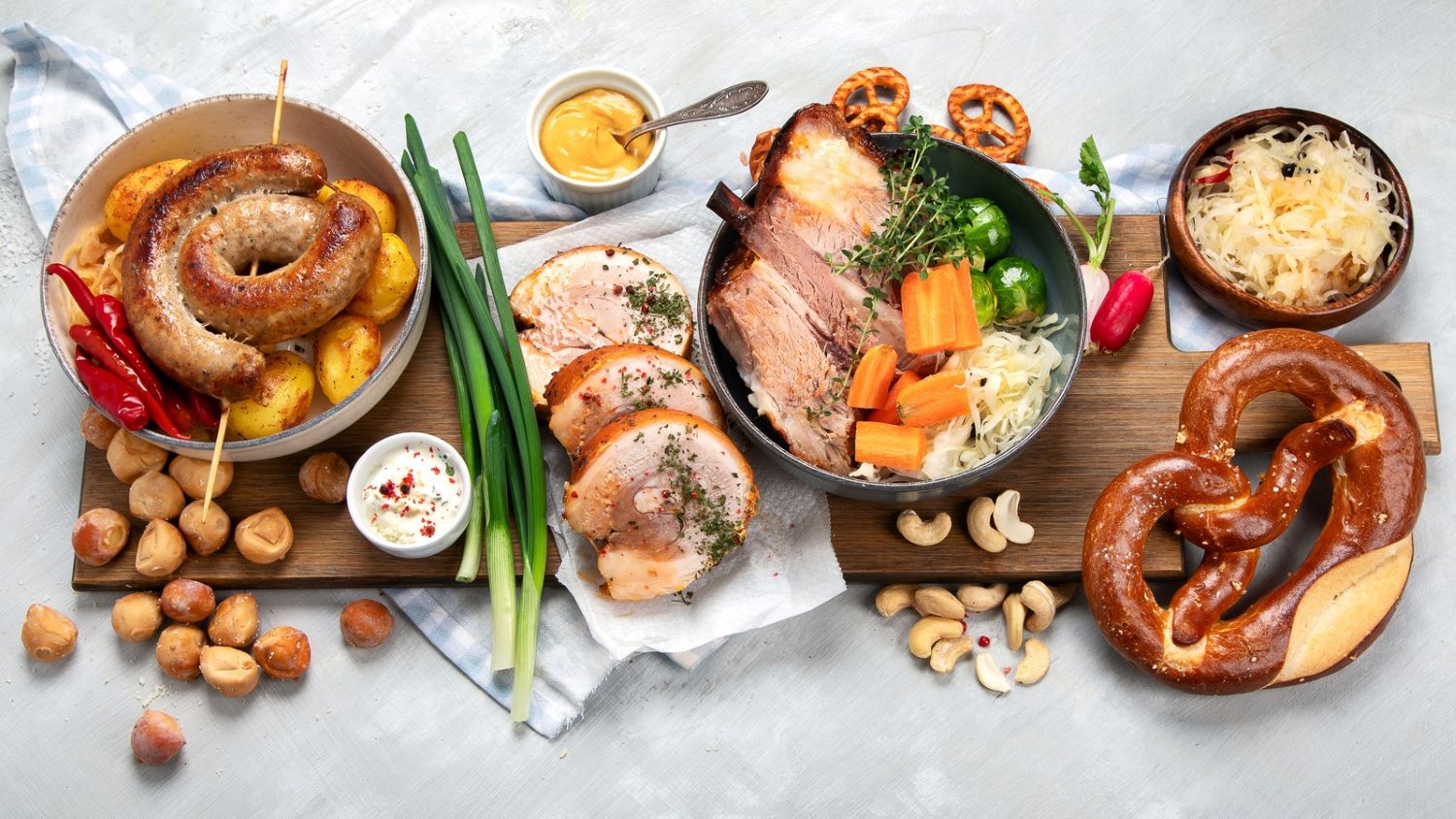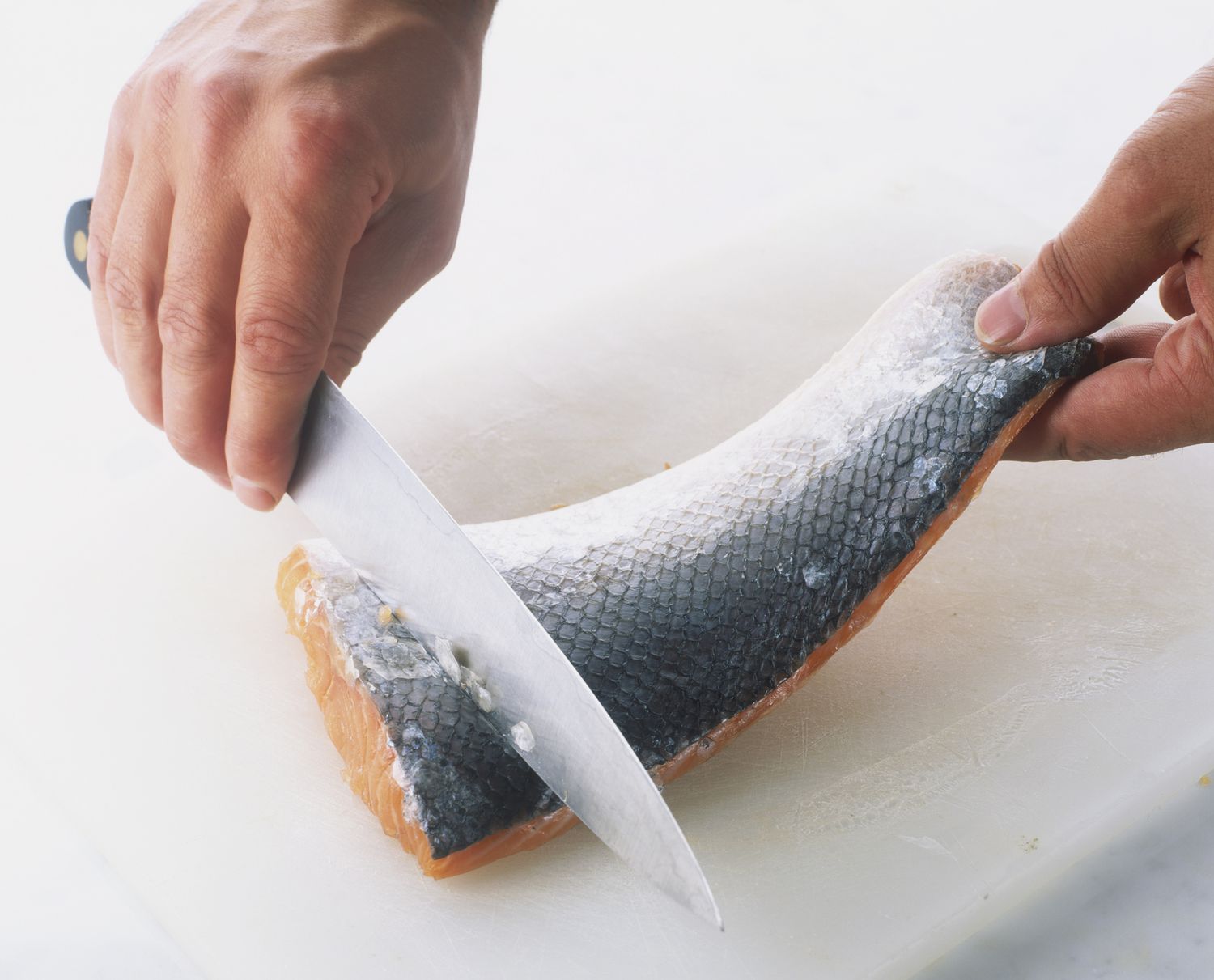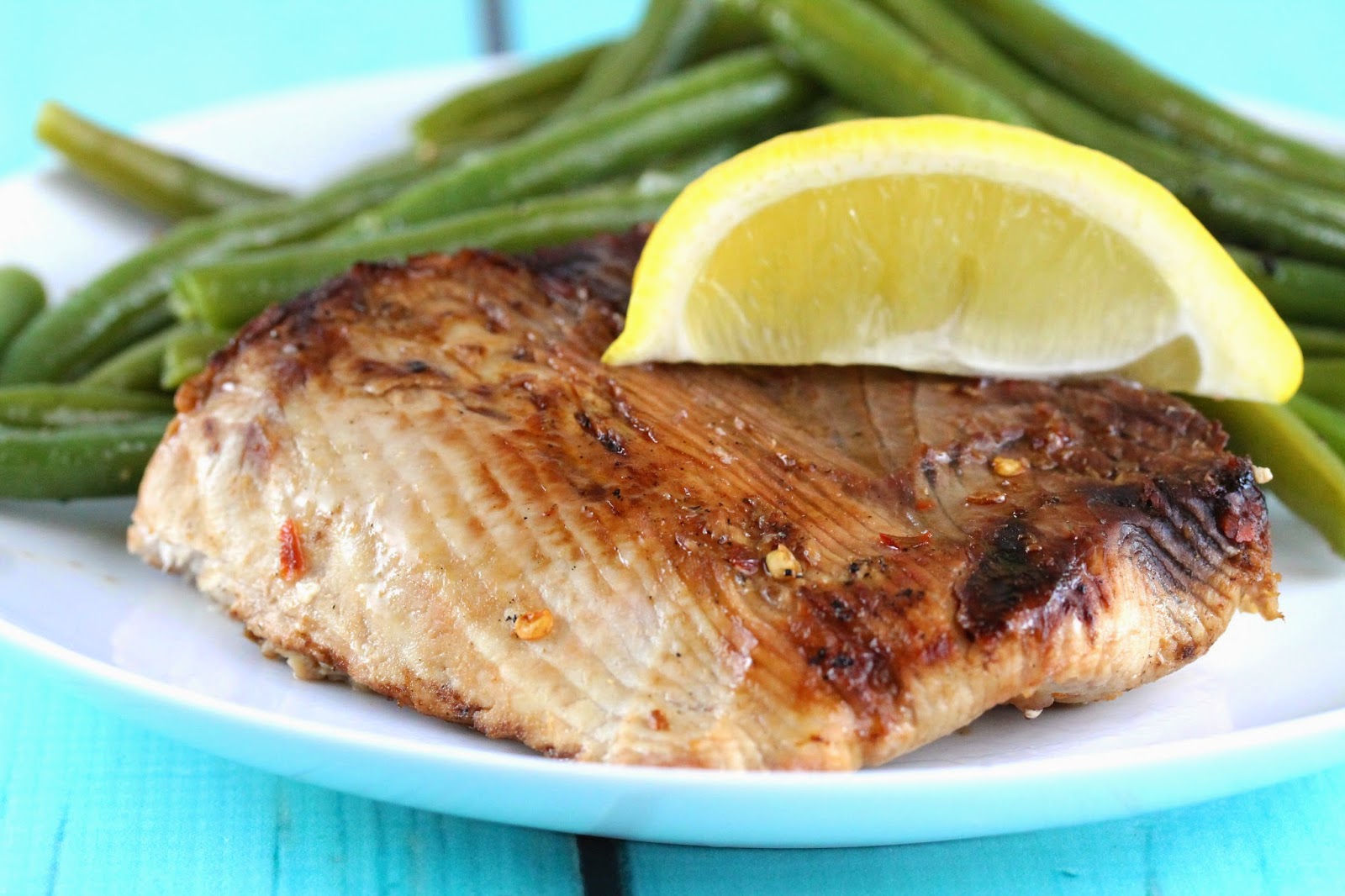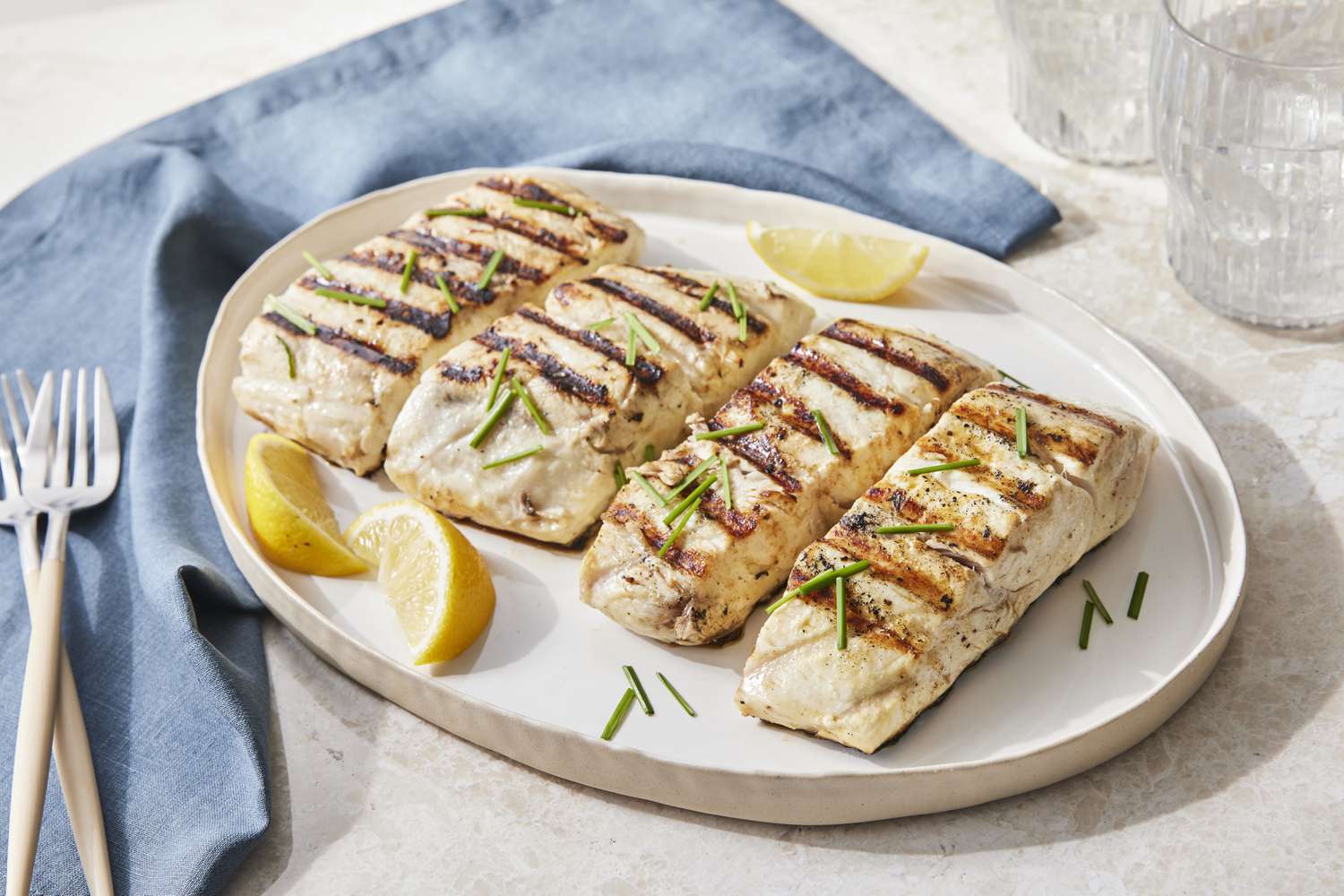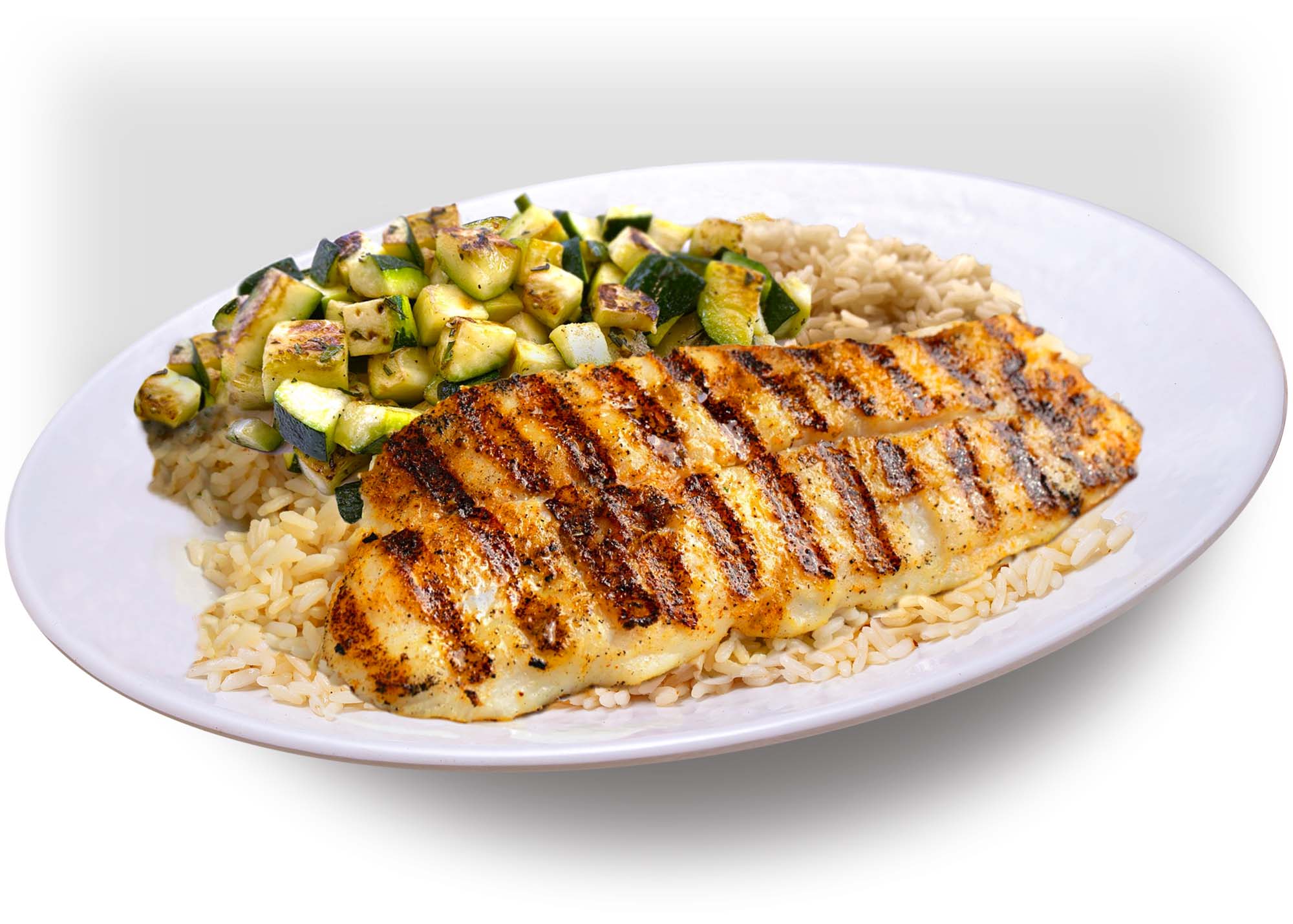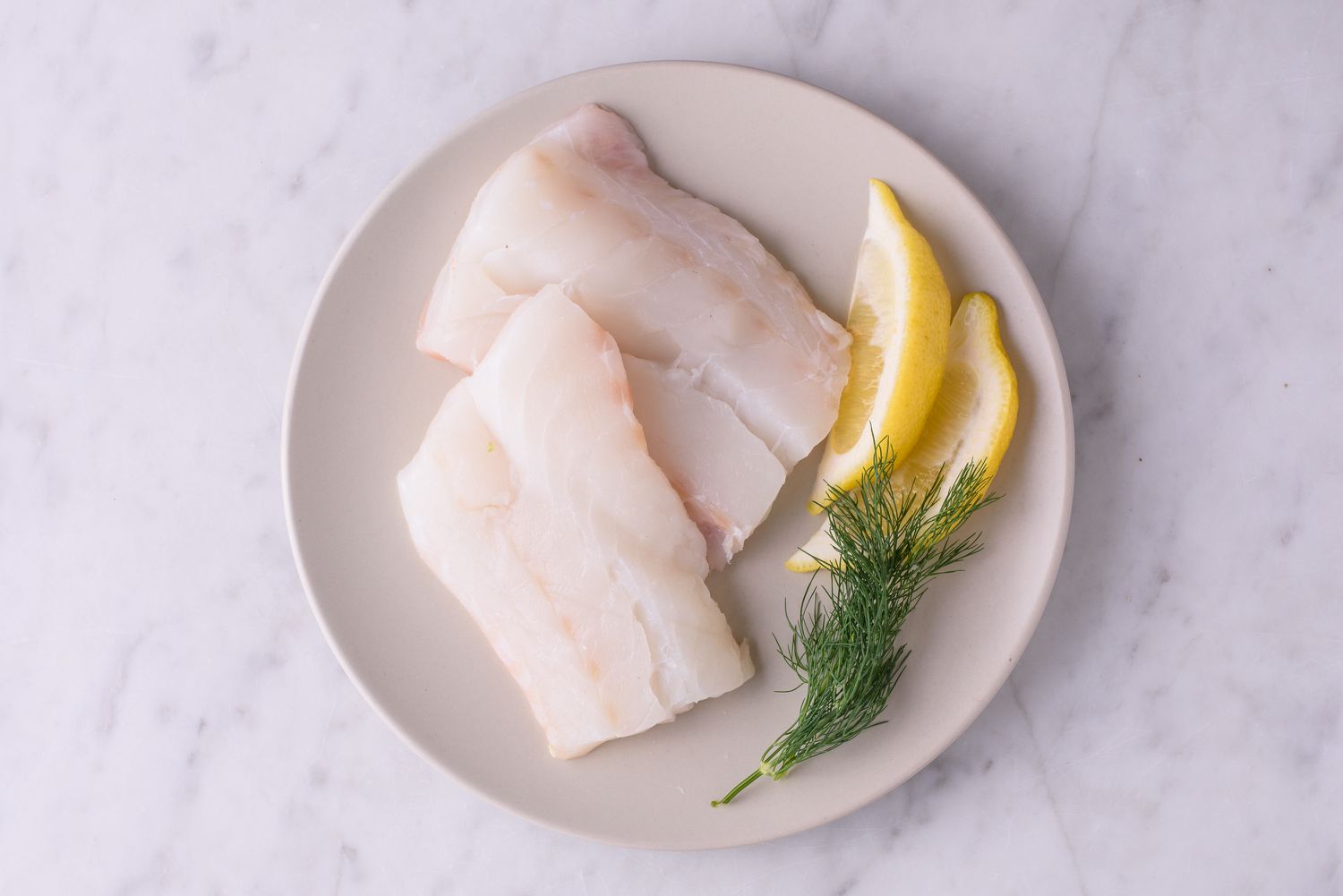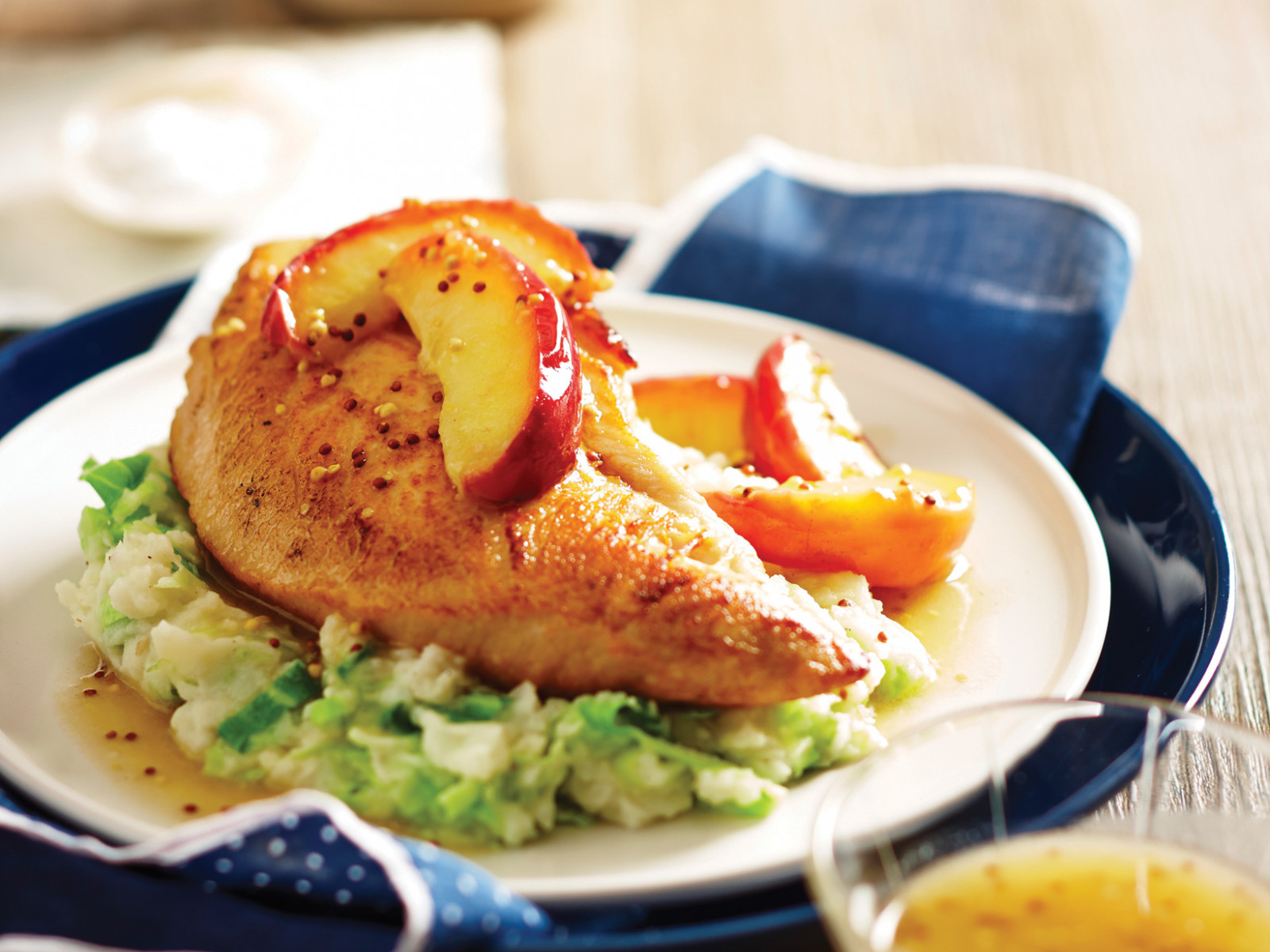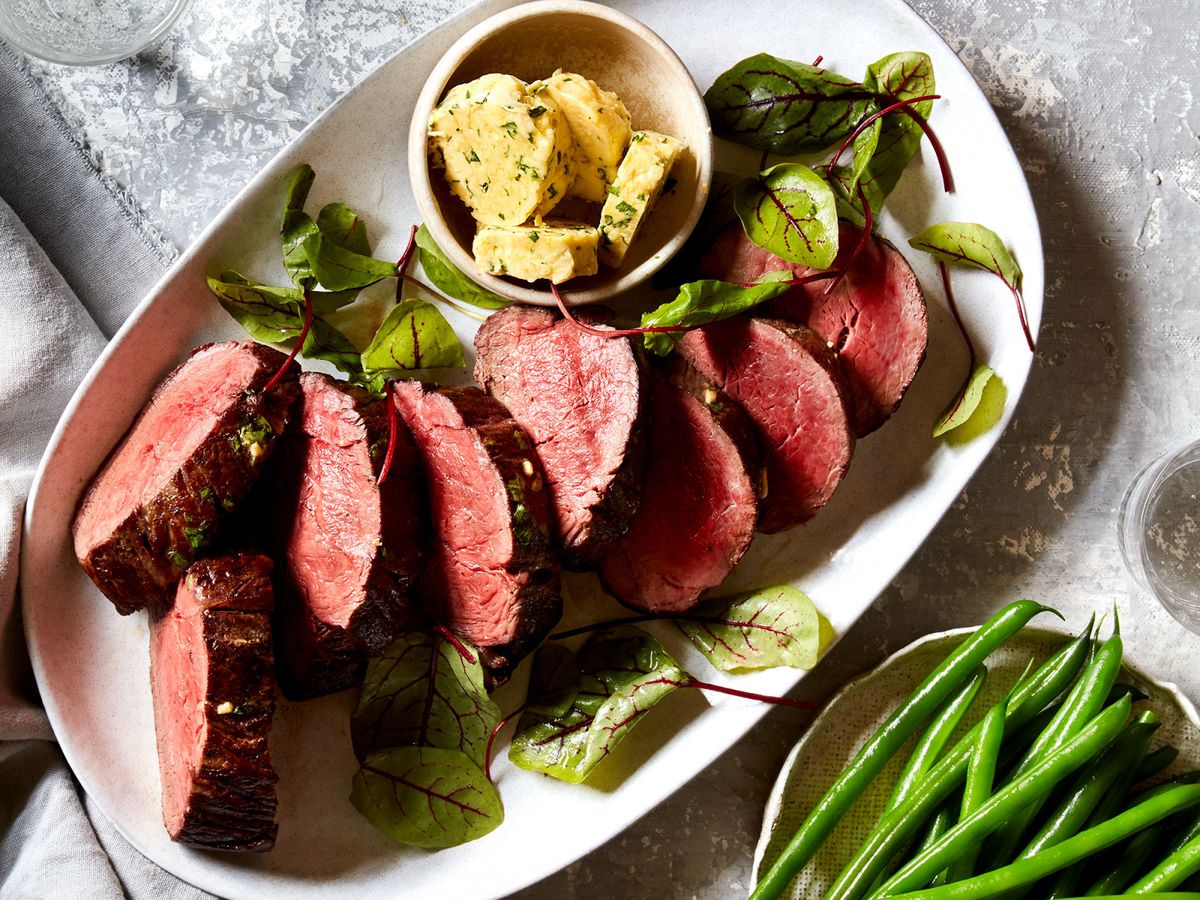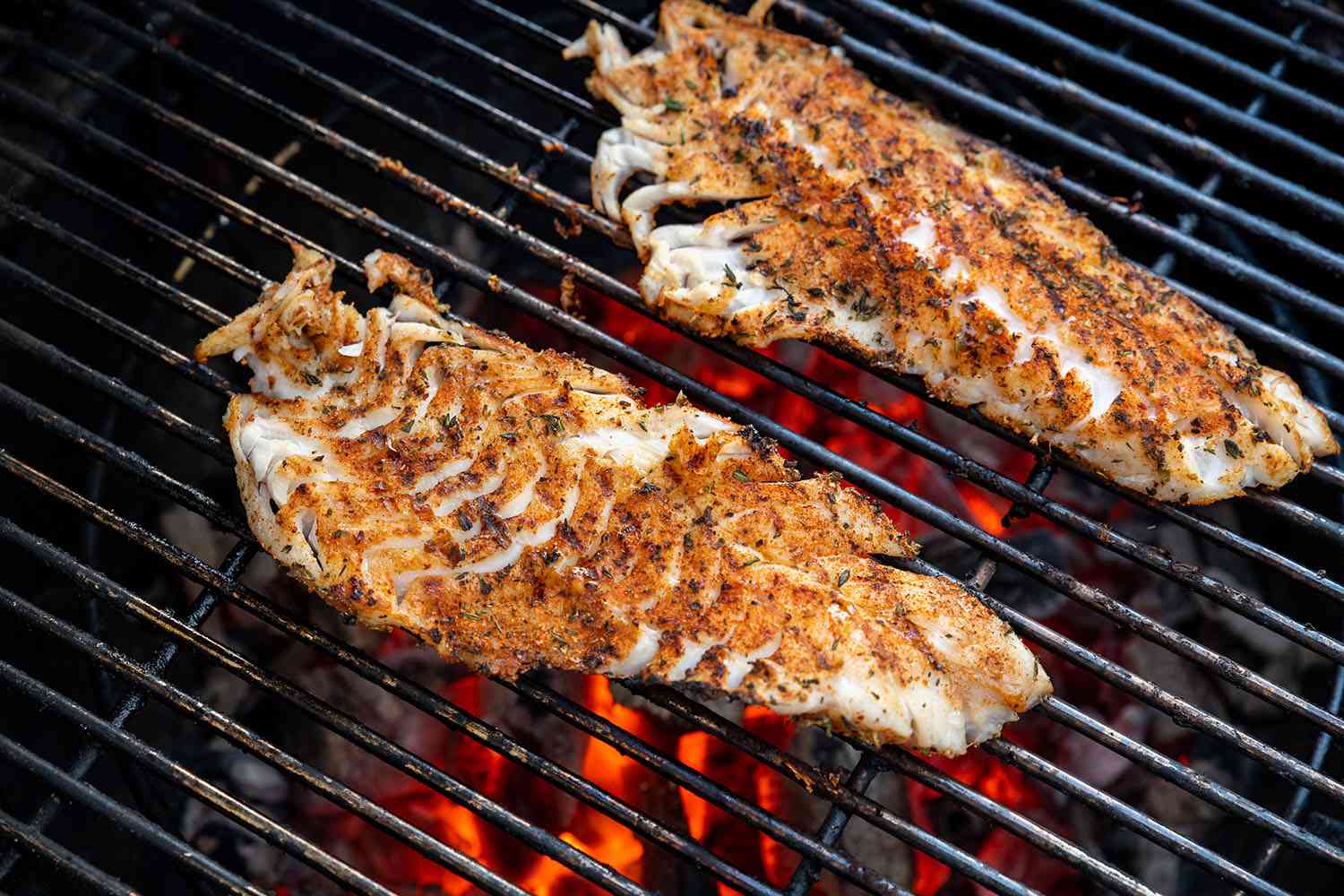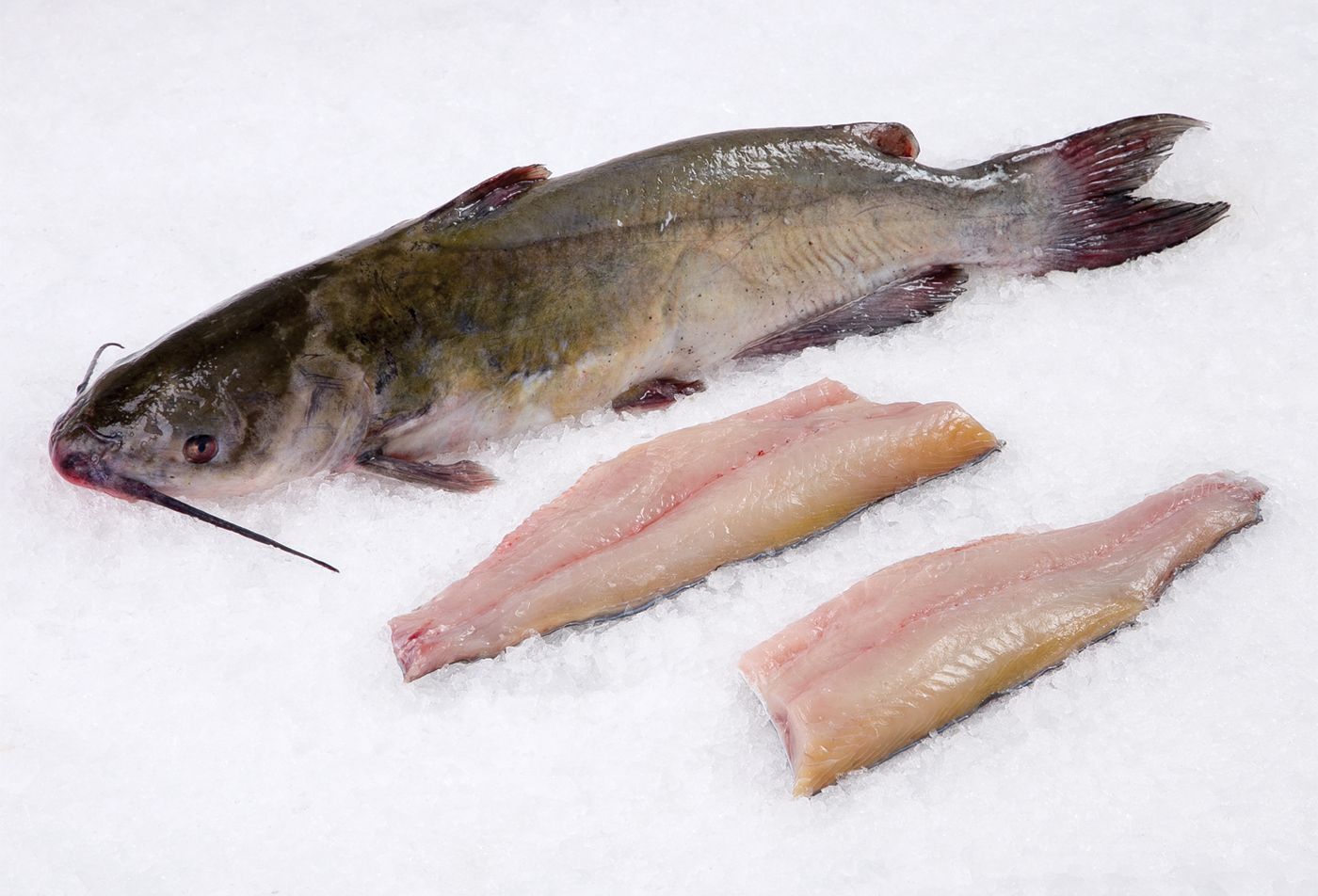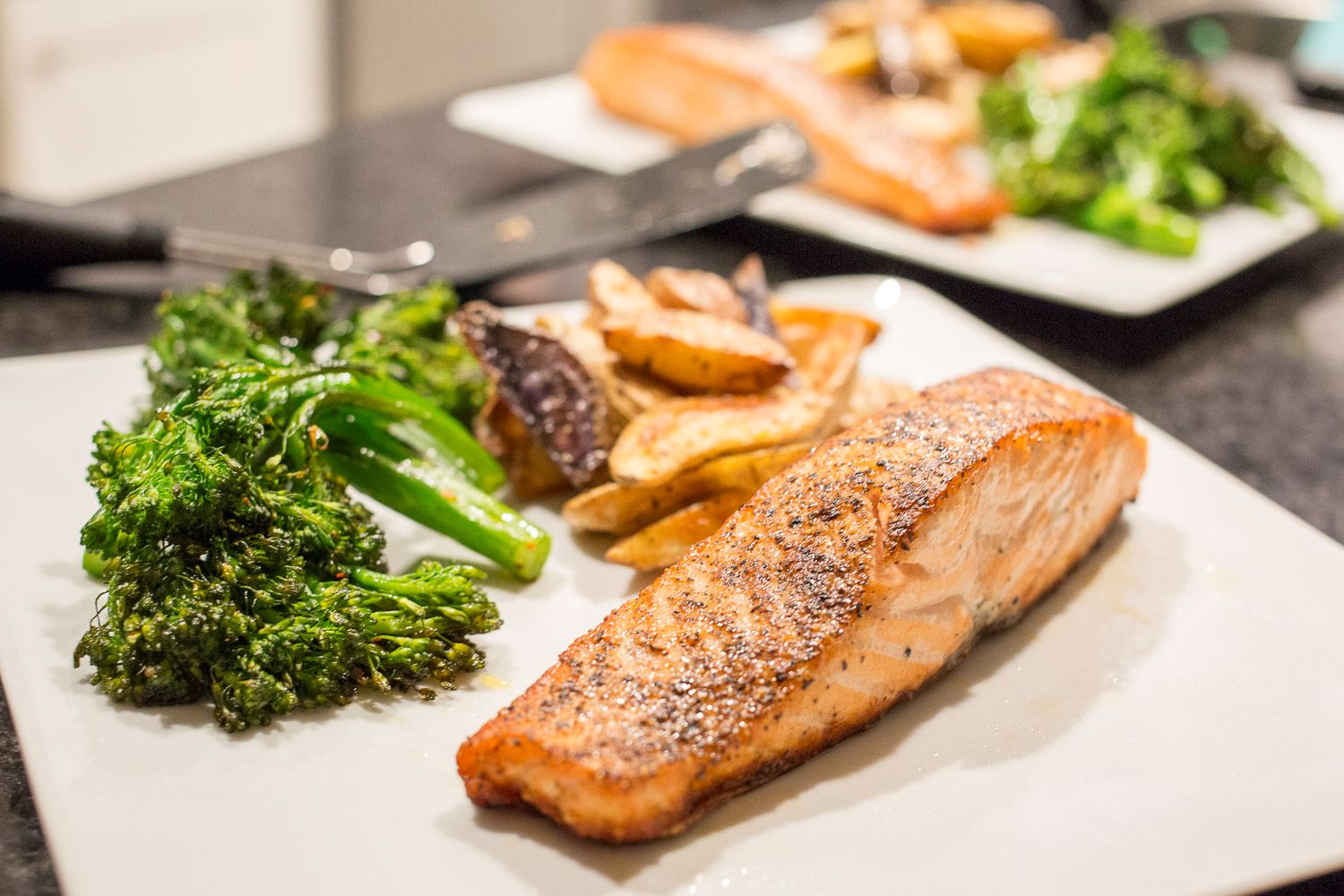Learn How to Fillet Plaice Like a Pro
Plaice is a delicious and versatile fish that can be prepared in a variety of ways. One popular way to enjoy plaice is by filleting it. Filleting a plaice may seem like a daunting task, but with the right technique, it can be quite simple. In this guide, we’ll walk you through the steps to fillet a plaice like a pro.
What You’ll Need
Before you get started, make sure you have the following items on hand:
- Sharp fillet knife
- Cutting board
- Plaice fish
- Paper towels
Step 1: Prepare the Fish
Start by placing the plaice on the cutting board. Use a paper towel to pat the fish dry, removing any excess moisture. This will make it easier to handle and fillet the fish.
Step 2: Make the Initial Cut
Hold the fish firmly by the tail and make a small incision behind the gills. Insert the tip of the fillet knife into the incision and carefully cut along the backbone towards the head of the fish. Be sure to keep the knife as close to the backbone as possible to avoid wasting any meat.
Step 3: Remove the Fillet
Once you’ve cut along the backbone, carefully lift the fillet away from the bones using smooth, gentle motions. As you work your way towards the tail, continue to separate the fillet from the bones until it is completely removed.
Step 4: Repeat on the Other Side
Turn the fish over and repeat the process on the other side to remove the second fillet. Take your time and use steady, precise cuts to ensure you get the most meat from the fish.
Step 5: Trim and Clean the Fillets
After removing both fillets, take a moment to trim away any remaining bones or skin. This will give you two clean, boneless fillets ready to be cooked and enjoyed.
Final Thoughts
Now that you’ve mastered the art of filleting plaice, you can use your fillets to create a variety of delicious dishes. Whether you prefer to pan-fry, bake, or grill your plaice, having boneless fillets will make the cooking process much easier. With practice, you’ll become more confident in your filleting skills and be able to enjoy fresh plaice whenever you like.
Remember, the key to successful filleting is using a sharp knife and taking your time to carefully remove the fillets from the fish. With these tips in mind, you’ll be well on your way to becoming a plaice filleting pro!
